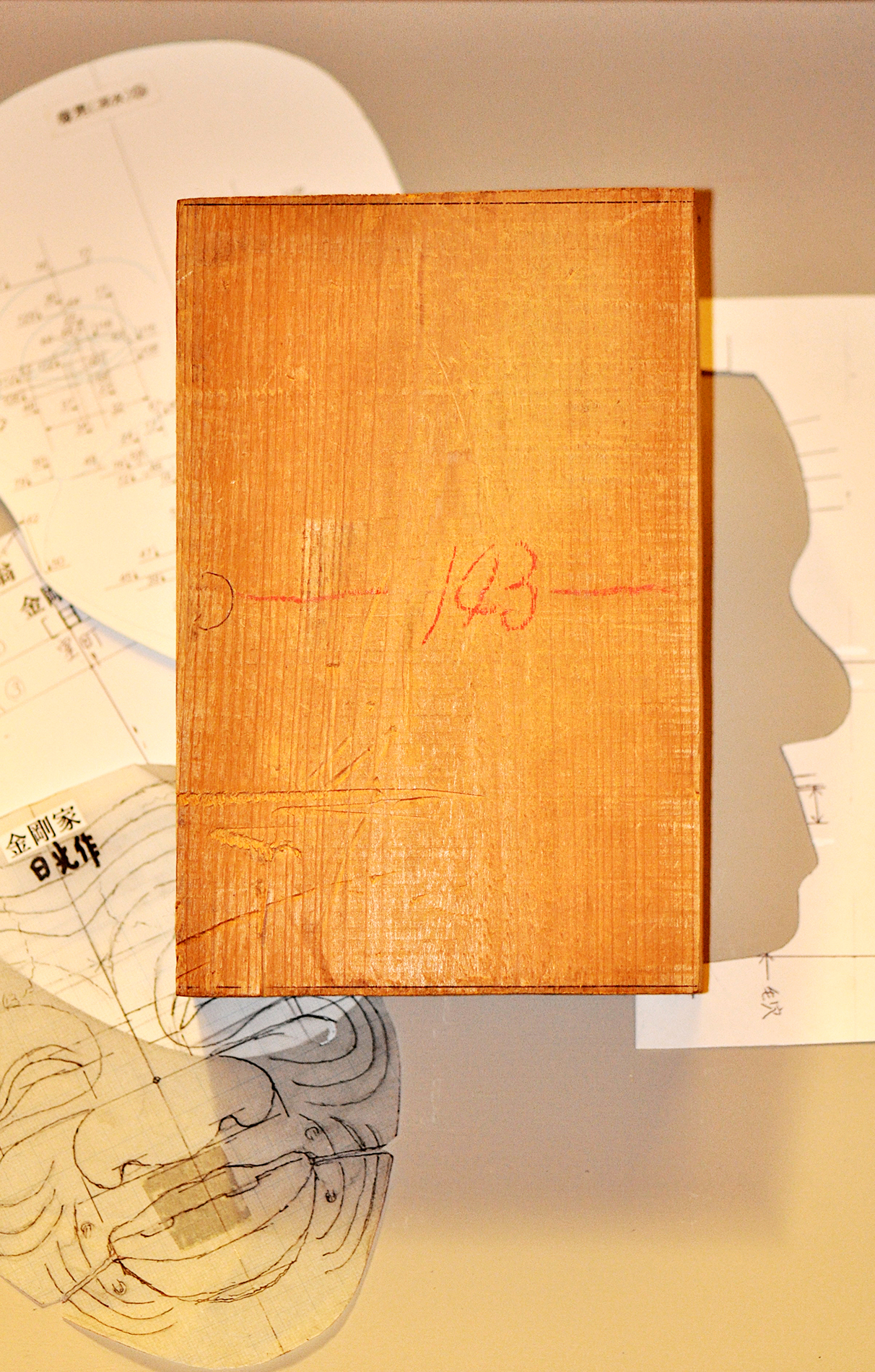The Collections – The Masks

It is said that for an actor of the Noh Theatre, wearing an ancient mask made by a great master and brought before him by other famous actors of the Edo Period (1603-1868), is a magical experience that almost results in mysticism. The actor transforms himself by playing his part: he becomes himself part of the mask, and the mask enters him, guiding him in the movements and in the part he is performing at that moment.

The Noh theatre was created in Japan around the 14th century as a form of theatre exclusively addressed to the Samurai military class and the nobility. In fact, the word Noh means “skill”, and is still played by professional actors who devote their entire lives to perfecting their repertoire
Homophone, performed with very measured and very slow movements, yet with sudden accelerations, the Noh is characterised by costumes of extreme beauty and richness and by the fact that the actors always act with their faces covered by a mask that features only apparently fixed expressions, which actually change dramatically according to the inclination of the actor’s face ad he moves.

The mask is aimed at representing various types of characters in relation to emotions, ages, and expressions of both men, women and evil or benevolent spirits.
The Noh theatre is characterised by fixed roles: on stage appear two main types of actors, namely: shite, and waki; two other groups of actors and participants: the koken, those who play supporting roles, usually two or three actors; the members of the jiutai, i.e. the choir, composed on six to eight members; the kyogen, a sort of “light” interval, interludes that are performed between the main performances; and finally the hayashi, i.e. the musicians, who are entruisted with the fundamental role of marking the tempo and playing the four instruments: wind instruments (fue, i.e. flute) and percussion instruments (ōtsuzumi, kotsuzumi, i.e. big and small drums).


As a rule, the performances, amounting to more than 250 in the repertoire, can last from 60 minutes up to 120 minutes, and can be grouped, according to the main theme, into five different categories, namely:
1st Category: Performances on deities.
2nd Category: Performances on warriors.
3rd Category: Performances on women.
4th Category: Various performances.
5th Category: Performances on demons.

The greatest actor, playwright and scholar of the Noh was Motokiyo Zeami (1363-1443).
During the Samurai Period, attending a Noh representation was a source of great honour and respect; it was almost a sort of official ceremony, in which the composure of the spectators denoted the degree of their education. Not infrequently, great generals of the Azuchi-Momoyama period (1568-1603) took delight in playing roles in particular dramas.
The masks are handmade, generally from cypress wood, and finely carved and lacquered; the most famous are signed and dated, bearing inscriptions and seals engraved on the back that indicate the period and the author.

Male faces with marked traits, feminine faces, as well as faces of demons are represented with extreme accuracy. The Museum of the Del Bianco Foundation houses several examples of masks made by the famous contemporary master of Kyoto.

